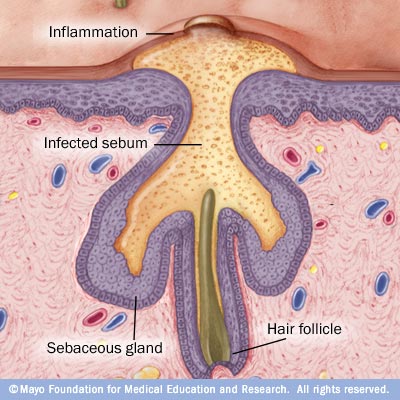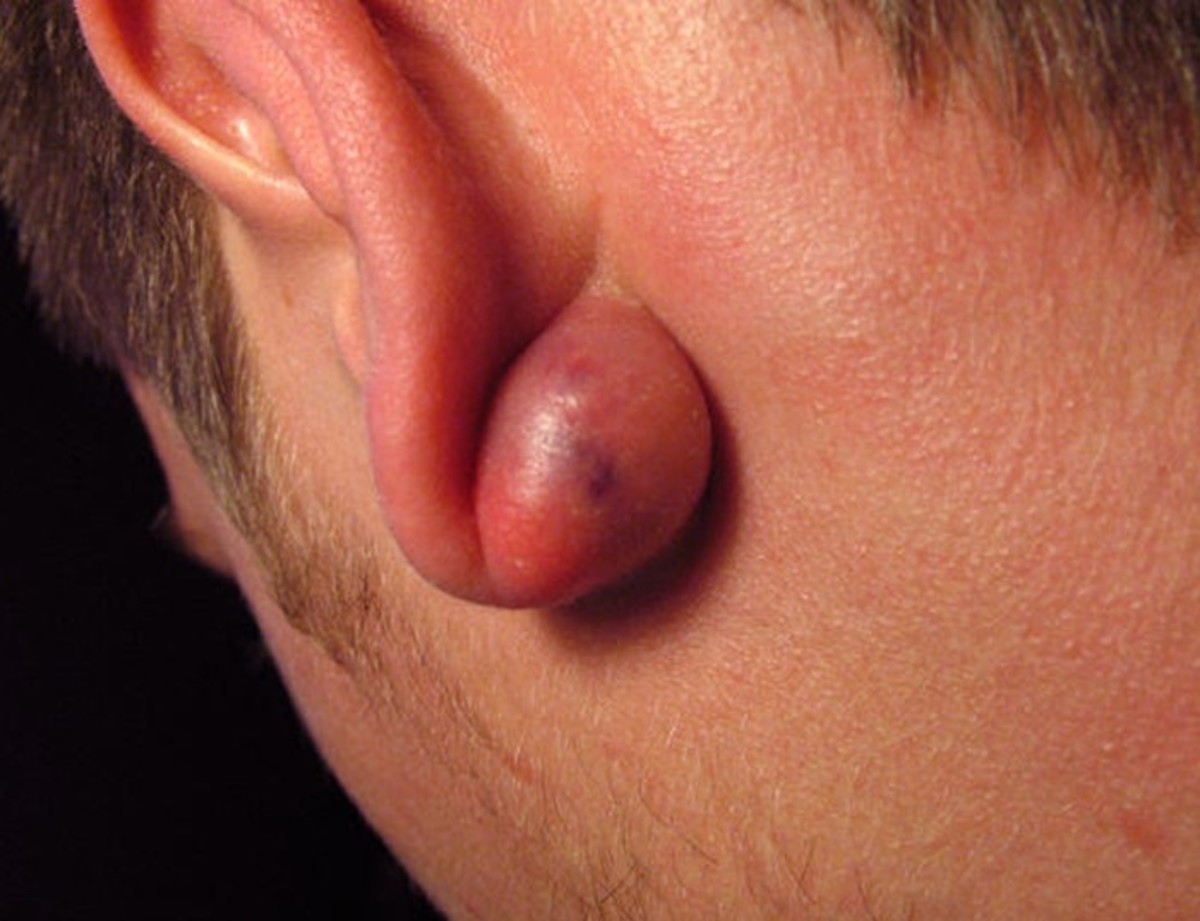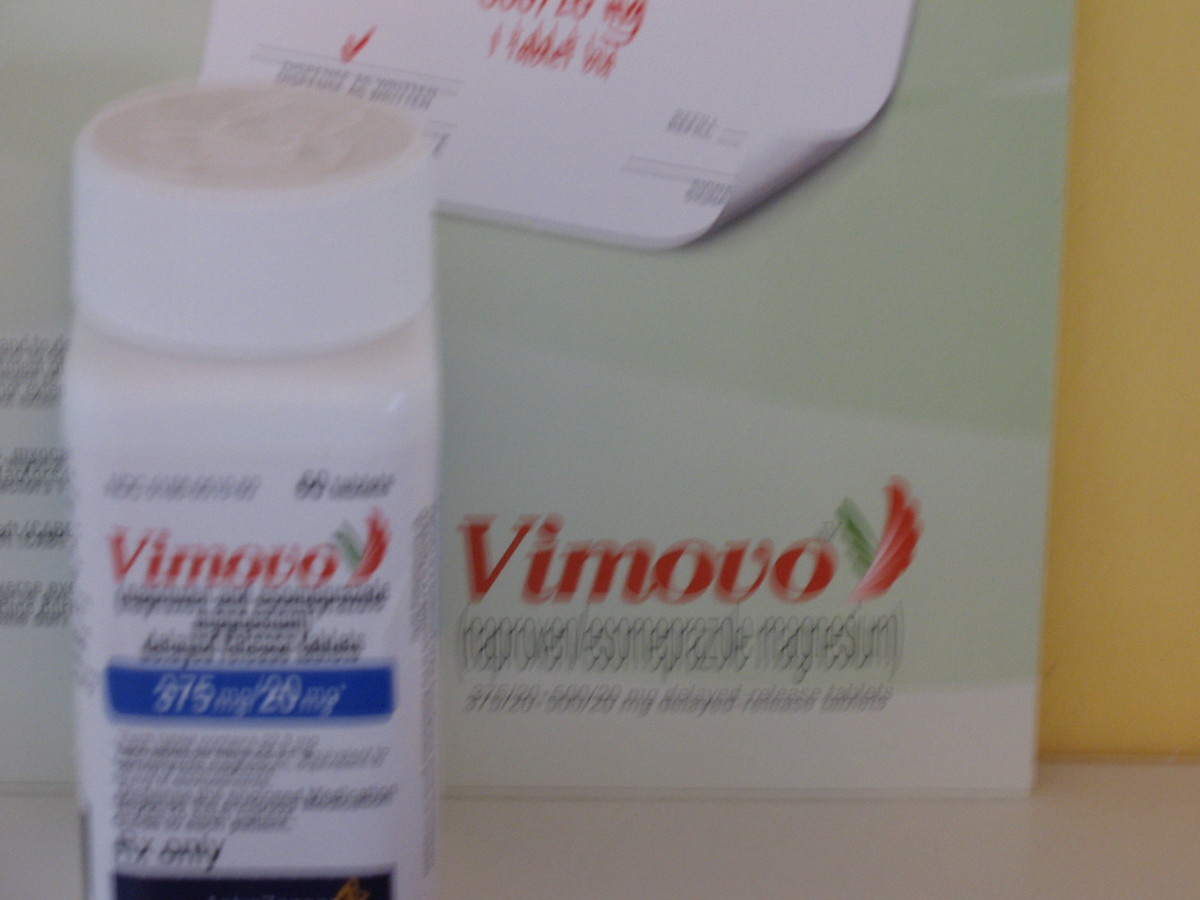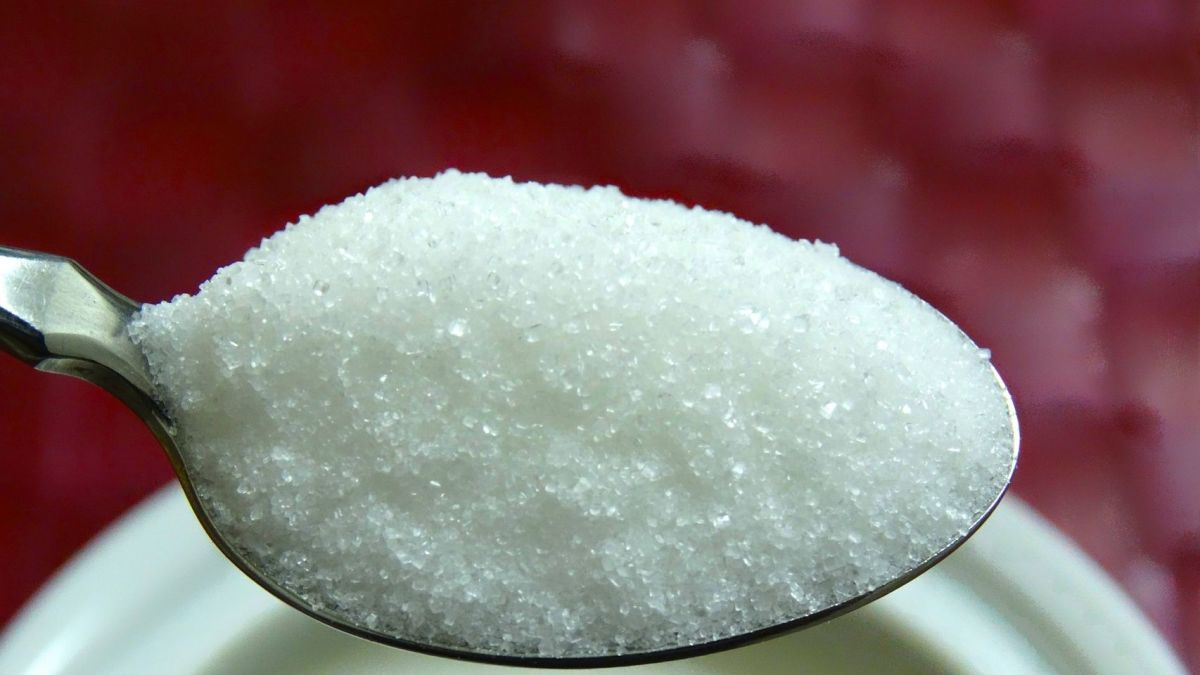40 Years With Acne and How I Keep My Skin Clear
I have defective skin. I suppose I should be thankful more than anything else for this problem. The skin is the largest organ of the human body, and it is, at least, visible. And except for possible skin cancer, nothing will ever happen on my skin that threatens my life.
I have defective pores. To be specific, I have acne, a disease I have suffered with for over forty years. From the time of its initial appearance at age sixteen, I have consulted many dermatologists, read numerous articles and books, and sought the most cutting-edge treatments that I could afford. I'm still not cured, and probably never will be. Oh, I've learned a lot about how the symptoms of acne can be controlled, and my complexion looks good most of the time. And for the last ten or fifteen years, an acne flare-up has become a minor annoyance, something to shrug off after making a mental note to start treatment. But how did I get to this point?
Background
It's no surprise that I developed acne. Most experts agree that there is a genetic predisposition to acne. But, even without a family history, approximately 85% of teenagers develop some acne. Acne happens when young people entering puberty begin to produce increasing quantities of male sex hormones that signal the sebaceous glands to make more oil. At the same time, cells within the follicles begin to slough off and clump together, which blocks the pores. A skin bacteria called p. acnes then causes inflammation within the follicles, and when the follicles get irritated enough to burst, you have pimples. Many young people who have acne during their teens outgrow it by the time they are in their early twenties. But some of them continue to experience problems for many years. Their condition may be constant, it may wax and wane, but it nearly always costs them their self-esteem. If it were socially acceptable for them to wear a paper bag over their heads, they could put their best foot forward - if they could see through the slits.
As a teenager, my mother had experienced the emotional turmoil caused by having severe acne and, understandably, she became concerned when I first broke out. It wasn't long before she took me to see a dermatologist. I remember undergoing treatments featuring dry ice, sunlamps, lesion draining, birth control pills, oral antibiotics, spironolactone, benzoyl peroxide, and Retin-A. A couple of these typical 60's and 70's therapies were very effective, but probably dangerous over the long run. In the early 80's, I even took Accutane, but found only temporary results.
So, when I was about 30, I began to do my own research. I found my best resource at the public library. A dermatologist had written a book, aimed at the consumer health market, on how to manage the symptoms of acne using topical drying and peeling agents. The topical products, available over-the-counter at any drug store, weren't new to me, but the doctor's philosophy of treatment was. So what was the big revelation?

The Process
I learned that acne is a 24/7 process. The cell shedding and clumping inside the pores, the sebum production, the inflammatory response - they all take place at a microscopic level, all the time. The key is to understand just how long it can take from the time a plug forms in the follicle, until the time it explodes into a pimple on the surface of your skin. Sometimes the process takes 24 hours, sometimes it takes three months. This is why it is important not to miss a treatment, and especially, to continue treating your skin indefinitely with the products each day. Yes, this means even if the benzoyl peroxide (BP) is making your skin dry, flaky, and itchy. Just soldier through. I made it past the worst points, and I think it's worth a try for anyone with the disease.
By the time I learned this regimen, I had been treated by approximately eight dermatologists. Many of them advocated the use of BP, or a combination of BP and Retin-A, but not one doctor ever explained the necessary discipline, the constant watchfulness of the whole disease management cycle. But I never wasted time blaming dermatologists for their lack of follow-up; rather, I put my knowledge into service.
I can't guarantee the results I had, and I am only relating what long experience has proved true for me. There are always alternatives out there; in fact, there are a couple of relatively new medical treatments that might be worth investigating. However, the regimen below is surely one of the safest, most economical treatments available.
Daily Routine
Put as simply as possible, use benzoyl peroxide each day. It comes in several strengths. I recommend starting with a 5% solution. Know that there are many BP products on the market. You can experiment and discover the brand which is the easiest to apply, but they all work the same way. BP kills the p. acnes bacteria in the follicles while suppressing the fatty acids which encourage inflammation.
Step 1. Wash your face with lukewarm water and a mild soap. Be gentle with your skin and avoid scrubbing it.
Step 2. After drying your skin, apply BP over any area that has the potential to produce pimples. Don't just dab the cream or gel over existing bumps. Use your BP gel in the morning and at night, but add one more thing to your routine.

Ice
I've found that icing my face at night is the single most helpful thing I've ever done to get to a 100% improvement level with my acne. The consistent use of BP will do wonderful things, but wouldn't you rather have perfection? Ice is recommended to reduce any kind of swelling, including acne, and your BP will work better on cold skin.
Step 1. After washing in the evening, rub an ice cube over the problem areas for at least 60 seconds. That's it. Apply your BP, let it dry, and go to bed.
Other Tips
- Avoid oil-based makeup foundation.
- Avoid hot showers, as these increase inflammation within the follicles.
- After playing sports or working out, use ice on your face or apply cold towels.
- Remember that benzoyl peroxide bleaches many fabrics, so be careful with clothing choices.
- Do not add other products to your regimen, unless they are part of the same skin care line.
- Use a non-comedogenic sunscreen.
Be Persistent, Get Results
Be consistent, be patient. You will likely see a big improvement in your acne within 6-8 weeks, if not complete clearing. You can keep a slight peel going on your face at all times that is hardly noticeable after a few weeks. If you find you just can't tolerate BP, you can get a prescription for one of the retinoids (Retin-A, Differin), which were designed to work the same way.
Perform these steps without fail for the foreseeable future. After about a year, you can try giving your skin a break, but if you're like me, the acne will come back eventually.
One More Thing to Consider!
If anyone reading this has had a long-standing problem with acne, I can offer one ray of hope.
Your acne will get noticeably better when you have accomplished most of your life goals. It's that simple. When you have nothing left to prove, stress tends to fade, and that's a very favorable thing for someone with acne.
The teen years and young adult years, where everyone is looking for a mate, working on career advancement, and planning a family can be very stressful years.
But later on, you won't worry nearly as much, because you'll be more confident and less concerned about what kind of impression you are leaving. I can only speak for my own gender, but this happy occurrence sort of coincided with the arrival of menopause for me. And it is true that acne is primarily a disease of the reproductive years.
If you quit having acne in your teens, but started breaking out again in middle age (it happens sometimes), the above paragraph might not apply to you. In speaking with Barbara Strickland, the founder of Sage Skin Care, she told me that older adults many times freak out when they suddenly see pimples on their face. This is because they had many long years with no real skin problems, and understandably, they are upset. Each case is unique! But these people still have many options for treatment.
I speak from experience. I don't throw up my hands anymore and stress out because my skin still breaks out occasionally. Take it from me.
Useful Links
A great site with very active, helpful forums
My favorite skin care line. Has the best benzoyl peroxide and sunblock around. Offers lots of free information.
Image Credits
Graphic of the dermis from the Mayo Clinic.



